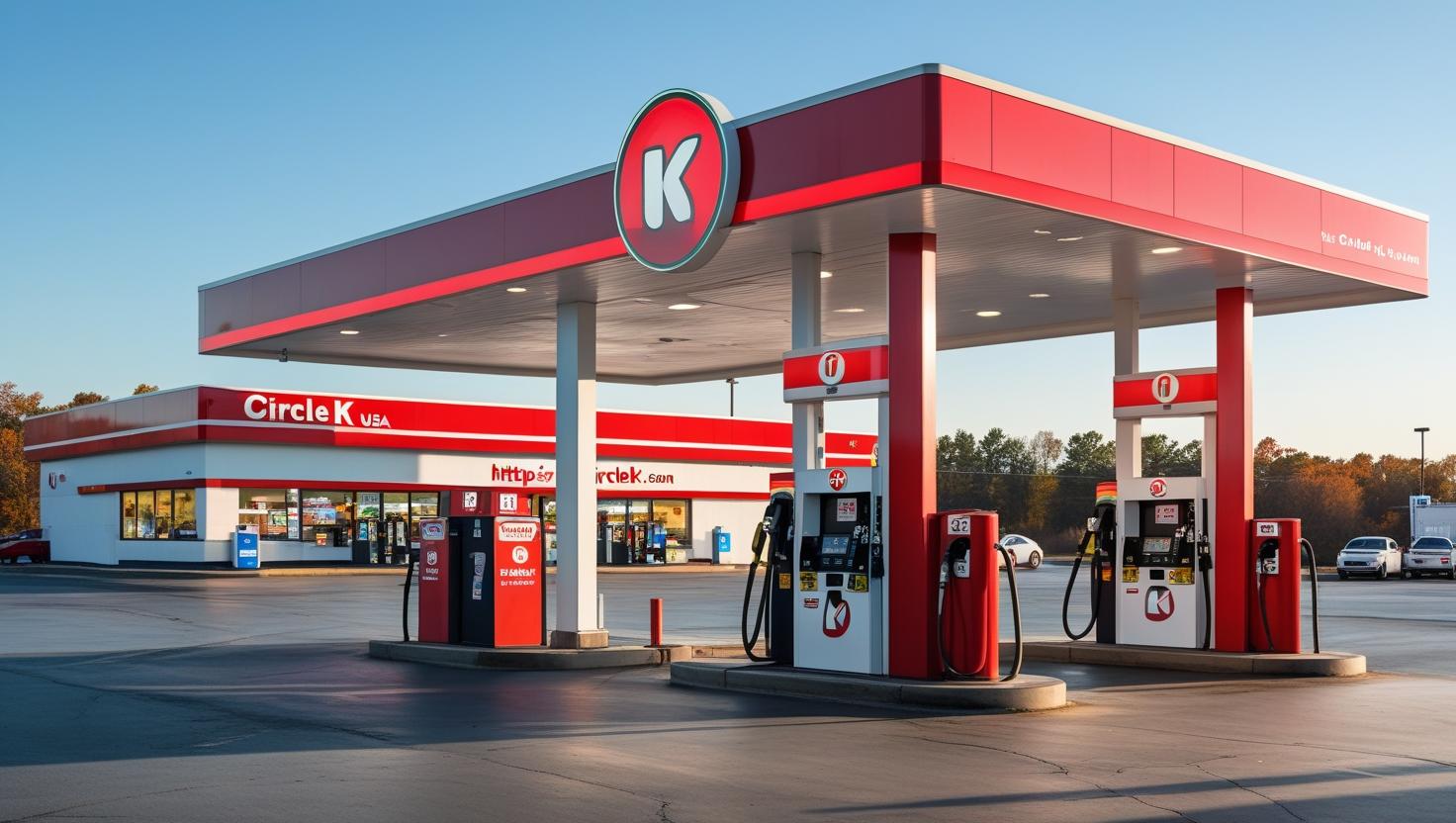
In August 2025, Circle K announced a limited-time fuel discount in North Carolina, giving drivers the opportunity to save 40 cents per gallon. While this seems like a consumer-focused promotional event, its broader implications extend into the energy market, consumer spending behavior, and even stock market performance. Understanding how a retail discount on gas connects with energy stocks, oil companies, and investor sentiment is essential for traders and long-term investors.
This blog dives deep into the Circle K discount and explores what cheaper fuel means for energy stocks in 2025.
Why the Circle K Gas Discount Matters in 2025
Cheaper fuel directly affects household budgets, consumer psychology, and retail spending. For investors, this discount is not just about saving at the pump; it’s a signal of changing fuel price dynamics.
- Consumers save on commuting and logistics costs.
- Retail businesses benefit as households reallocate savings to other spending.
- Energy investors must analyze how lower prices may squeeze margins for oil and gas companies.
The Timing of the Discount – Back-to-School Season
Circle K’s timing is strategic. The discount coincides with the back-to-school season, a period when families face extra financial strain due to supplies, tuition fees, and transportation costs.
For energy investors, this shows that retailers are absorbing part of the margin pressure to retain customer loyalty, even if crude oil prices remain volatile.
Impact on Oil and Gas Demand
Lower retail gas prices often encourage increased consumption. More travel, higher commuting frequency, and stronger retail activity may follow. However, this isn’t always a win for energy stocks.
- Short-term: Lower pump prices mean reduced consumer resistance to fuel consumption.
- Medium-term: If discounts become frequent, they can point to oversupply in the market.
- Long-term: Energy companies face tighter profit margins if retail discounts reflect broader pricing pressures.
Investor Sentiment Toward Energy Stocks
- Cheaper gas may initially sound negative for oil giants, but investors often take a balanced view.
- Positive for retailers like Circle K, who attract more customers.
- Neutral to negative for refiners and exploration companies, depending on crude benchmarks.
- Watchlist stocks: ExxonMobil, Chevron, BP, Marathon Petroleum, Valero Energy.
Investor sentiment is also tied to macroeconomic reports. If the Circle K discount aligns with falling Consumer Price Index (CPI) fuel costs, the market may anticipate continued disinflation in 2025, which can boost broader equity markets.
The Link Between Gas Discounts and Inflation Data
An important point that doesn’t get enough attention is how fuel promotions can influence inflation statistics. Lower gas prices feed directly into CPI and PPI indexes. If discounts like Circle K’s reflect broader downward price pressure, this could push the Federal Reserve closer to rate cuts in late 2025.
- For energy stocks, that’s a double-edged sword:
- Lower inflation boosts equities overall.
- But reduced revenue forecasts hurt oil producers.
- The Ripple Effect on Energy Sector Performance
The Circle K discount might look like a local marketing tactic, but it reveals market shifts investors should not ignore:
- Consumer Relief: Cheaper gas frees up cash for retail, travel, and dining sectors.
- Stock Market Rotation: Investors may shift from energy-heavy positions toward consumer discretionary stocks.
- Short-Term Energy Outlook: Current discounts indicate that both oil and refined products are experiencing some downward pressure
Future of Gas Discounts in 2025 and Beyond
With the U.S. Energy Information Administration (EIA) projecting continued moderation in fuel prices into 2026, discounts like Circle K’s may become more frequent.
- Loyalty-driven promotions will likely increase.
- Traditional oil companies may see margin compression.
- Investors should prepare for long-term volatility in energy markets.
Conclusion
The Circle K Gas Discount 2025 is more than just a 40-cent-per-gallon consumer deal it’s a signal of energy market dynamics that investors cannot ignore. While consumers celebrate savings at the pump, energy investors must ask: Does this reflect a broader weakness in oil markets, or is it simply a seasonal promotion?
For traders and long-term investors alike, the key takeaway is that cheaper fuel may reduce energy stock profitability while boosting consumer sectors. The ripple effects extend from inflation data to Federal Reserve policy, meaning the Circle K discount is not just about cheaper gas it’s about the next move in the markets.
1 thought on “Circle K Gas Discount 2025: What Cheaper Fuel Means for Energy Stocks”